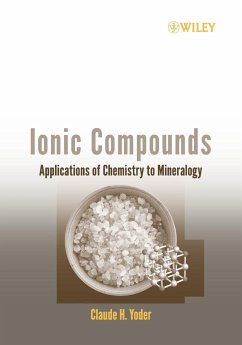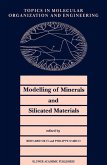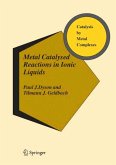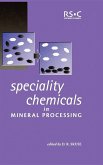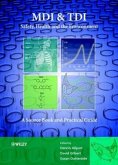Applications of Chemistry to Mineralogy introduces the fundamental principles for understanding the structure and bonding interactions in many minerals. There is an emphasis on the relationship between atomic-level structure and the symmetry and properties of crystalline materials. This unique book encourages active readership by following the sections with questions and answers.
An introduction to ionic compounds for both mineralogists and chemists
Mineralogy and chemistry find their paths intertwined in many ways. Minerals afford chemists interesting examples of simple and complex structures, as well as practical applications of bonding, symmetry, and thermodynamics. Concurrently, the relevant chemistry enriches the mineralogist's view with a grasp of such aspects as structure, stability, and reactivity. This introduction to ionic compounds bridges the two disciplines by explaining the concepts that are used by the chemist and mineralogist in their attempts to unravel the mysteries of nature.
The lively style uses questions and answers throughout as a means to both engage the reader and enhance their understanding of the material. Ionic Compounds: Applications of Chemistry to Mineralogy conveys the fundamental principles of the structure and bonding in minerals and emphasizes the relationship of structure at the atomic level to the symmetry and properties of crystals. The book covers:
_ Bonding and composition
_ Structure of ionic compounds, including close-packing
_ The symmetry of crystals
_ Factors that affect the symmetry of the unit cell
_ Morphology and color
_ Chemical properties
Requiring no knowledge of either chemistry or mineralogy beyond the typical secondary school level, Ionic Compounds is an accessible and highly useful reference for both professional scientist, student, and the serious mineral collector who can benefit from a deeper understanding of the chemical and crystallographic properties of minerals.
Hinweis: Dieser Artikel kann nur an eine deutsche Lieferadresse ausgeliefert werden.
An introduction to ionic compounds for both mineralogists and chemists
Mineralogy and chemistry find their paths intertwined in many ways. Minerals afford chemists interesting examples of simple and complex structures, as well as practical applications of bonding, symmetry, and thermodynamics. Concurrently, the relevant chemistry enriches the mineralogist's view with a grasp of such aspects as structure, stability, and reactivity. This introduction to ionic compounds bridges the two disciplines by explaining the concepts that are used by the chemist and mineralogist in their attempts to unravel the mysteries of nature.
The lively style uses questions and answers throughout as a means to both engage the reader and enhance their understanding of the material. Ionic Compounds: Applications of Chemistry to Mineralogy conveys the fundamental principles of the structure and bonding in minerals and emphasizes the relationship of structure at the atomic level to the symmetry and properties of crystals. The book covers:
_ Bonding and composition
_ Structure of ionic compounds, including close-packing
_ The symmetry of crystals
_ Factors that affect the symmetry of the unit cell
_ Morphology and color
_ Chemical properties
Requiring no knowledge of either chemistry or mineralogy beyond the typical secondary school level, Ionic Compounds is an accessible and highly useful reference for both professional scientist, student, and the serious mineral collector who can benefit from a deeper understanding of the chemical and crystallographic properties of minerals.
Hinweis: Dieser Artikel kann nur an eine deutsche Lieferadresse ausgeliefert werden.

